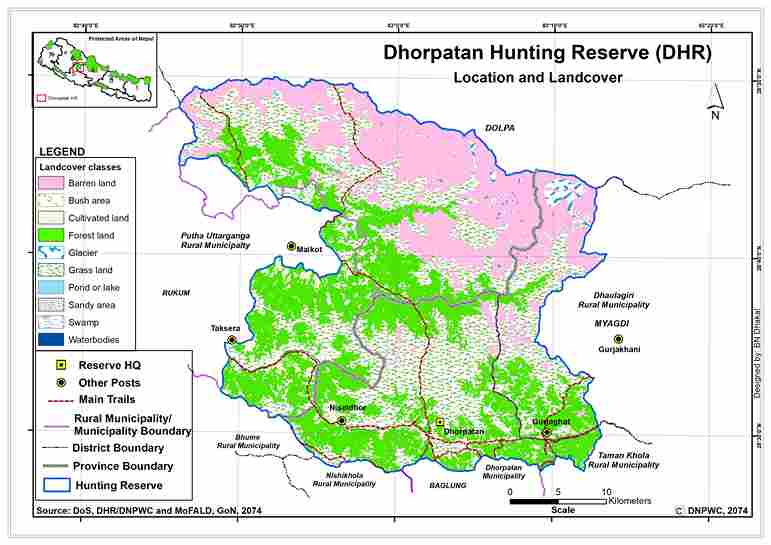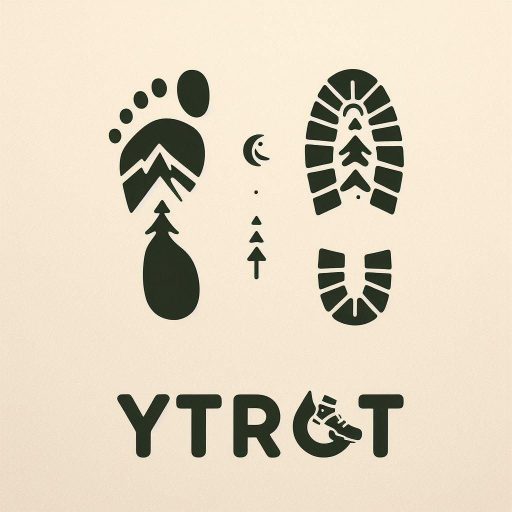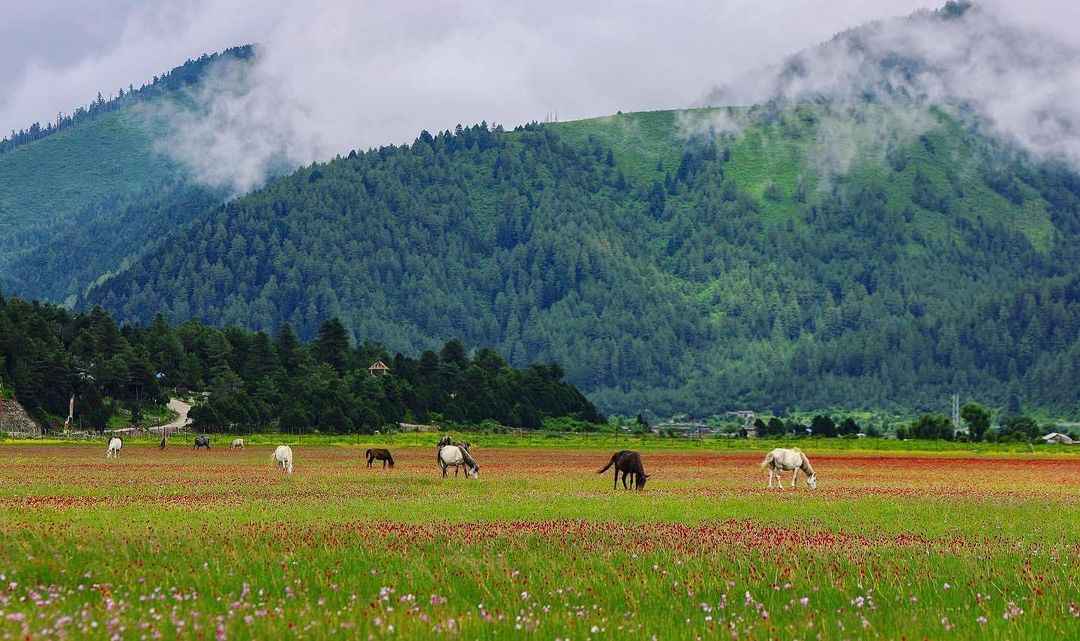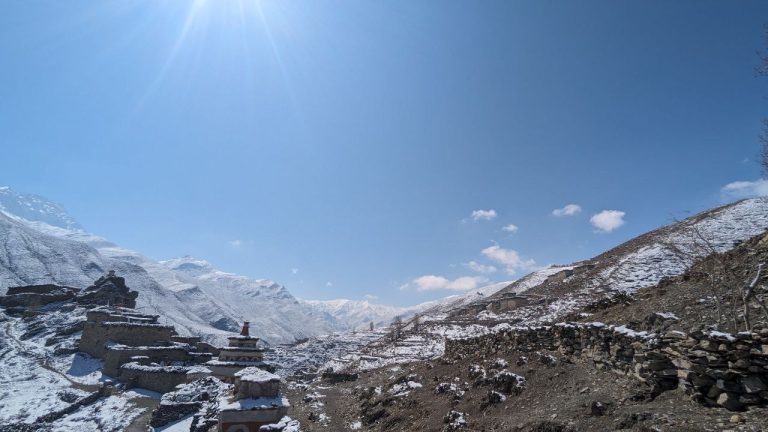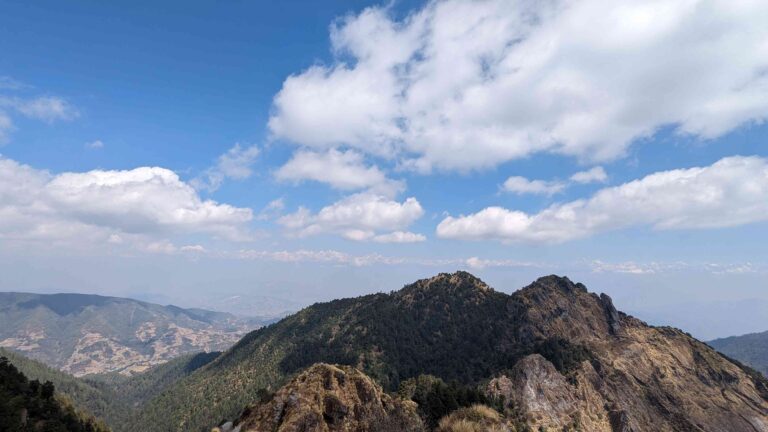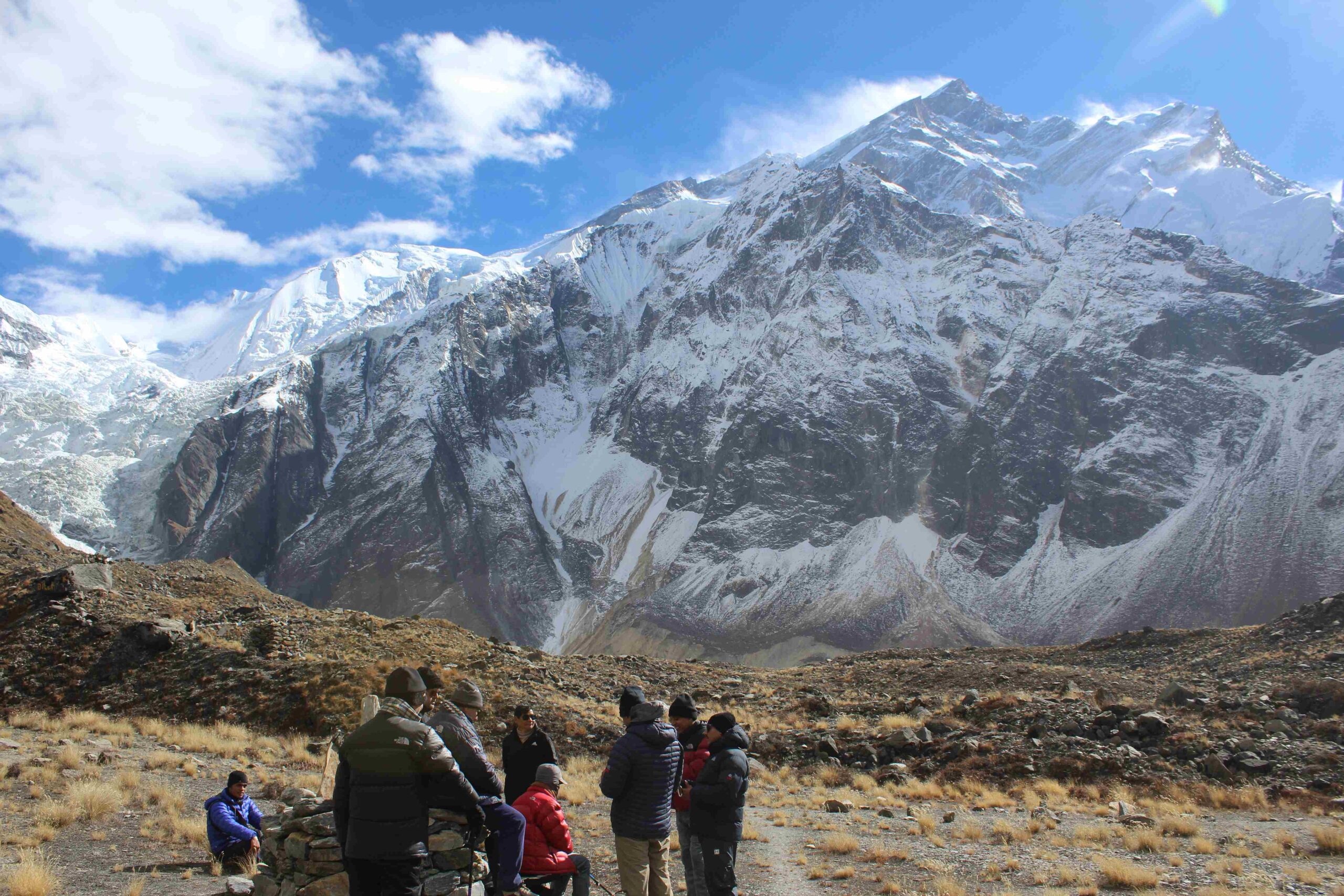Dhorpatan Trek is an easy, off-the-beaten-path trek. The Dhorptan Hunting Reserve is the only hunting area in Nepal. Controlled hunting is permitted within the wildlife reserve, which is a favourite spot for avid hunters. Spread over an area of 1325 square kilometers, Dhorpatan Hunting reserves touches parts in the districts of Rukum, Baglung, and Myagdi.
The elevation of Dhorpatan Trek ranges from 2,850 m to 5,500 m. The village of the hunting reserve itself lies at an elevation of 3900 m. Trekking in this area will give you the chance to see some rare fauna and views of the Western Himalaya that few tourists get to see. Mixed hardwood forests and diverse dry climate vegetations are part of the abundant biodiversity. Fir, pine, birch, rhododendron, hemlock, juniper, and oak trees line the trail. Dhorpatan trek is a peaceful stroll through these forests where you may take in the silence and nature. Red pandas, blue sheep, cheer pheasants, Himalayan Tahr, Ghoral, black bears, and partridges are among the animals that may be found in the hunting reserve.
Details of the Dhorpatan Trek
| Name of the Trek | Dhorpatan Hunting Reserve Trek |
| Trekking Region | Dhaulagiri and Annapurna Region in Nepal |
| Trekking Difficulty | Easy |
| Number of Days | 12 |
| Maximum Elevation | 3850 m |
| Accommodation | Tea Houses, Lodges and Camping |
| Best For | Controlled Hunting, Observing rare animals and birds, off-beaten trail and view of the Dhaulagiri and Fishtail ranges |
Highlights of Dhorpatan Trek
- Walk along one of the most off-beaten trails but unmatched in visual spectacle,
- Observing rare birds, animals and vegetation of the hilly as well as the mountainous regions of Nepal, rich biodiversity of the hunting reserve with diverse terrain and climates,
- Controlled hunting of the birds and animals including Blue sheep with reserve permit,
- Breathtaking views of Annapurna, Dhaulagiri, Fishtail, Manaslu
Detailed Itinerary of Dhorpatan Trek
Day 1: Drive from Kathmandu to Beni
From Kathmandu, you board an early bus for Beni in the Myagdi district. You will travel over beautiful roads that run beside the banks of several perennial rivers in Nepal, including the Trishuli, Marsyangdi, Madi, Seti, and Kaligandaki. Before reaching Beni, you will also occasionally catch sight of the snow-capped peaks. The region of Josmom, the Mustang, and Muktinath may all be reached from Beni.
Day 2: Drive from Beni to Darbang, Trek to Dharapani
After a 4-hour jeep ride from Beni, you must hike for a further 4-hours to get to Dharapani through Darbang. You have to pass multiple bridges while traveling, and you can see Myagdi Khola. Before turning in for the night in Dharapani, you can observe local culture and go on an exploration.
Day 3: Trek from Dharapani to Lamsung
The comfortable walk from Dharapani offers stunning views of the environs. We explore the wilderness area’s streams and gorges. We arrive in Lamsung, which is located at an elevation of 2,160 meters, after 6-7 hours of walking. Camp in a tent for the night.
Day 4: Trek from Lamsung to Jaljala
We get an early start and travel through a number of lush green forests. Dhaulagiri, Gurju, Chure, and Putha are just a few of the Himalayan landscapes. At an elevation of 3386 meters, Jaljala is regarded as the region of Nepal with the least amount of modern infrastructure. However, it is one of the sought-after locations for hikers, earning it the nickname “Hidden Treasure” as well as a vantage point from which to overlook the entire range of high mountains. Spend the night in a tent camp.
Day 5: Trek from Jaljala to Dhorpatan
Today, we go down to and cross the Khahare Khola. Then, as we proceed, we pass through extensive forests as we walk along the bank of a stream. At last, we arrive in Dhorpatan. The breathtaking deserted landscape of Dhorpatan with its distinguishing feature is the wildlife reserve, which has a beautiful, uneven terrain and is a hunting haven for blue sheep. Camp in a tent for the night.
Day 6: Explore Dhorpatan and Trek to Phagun Phedi
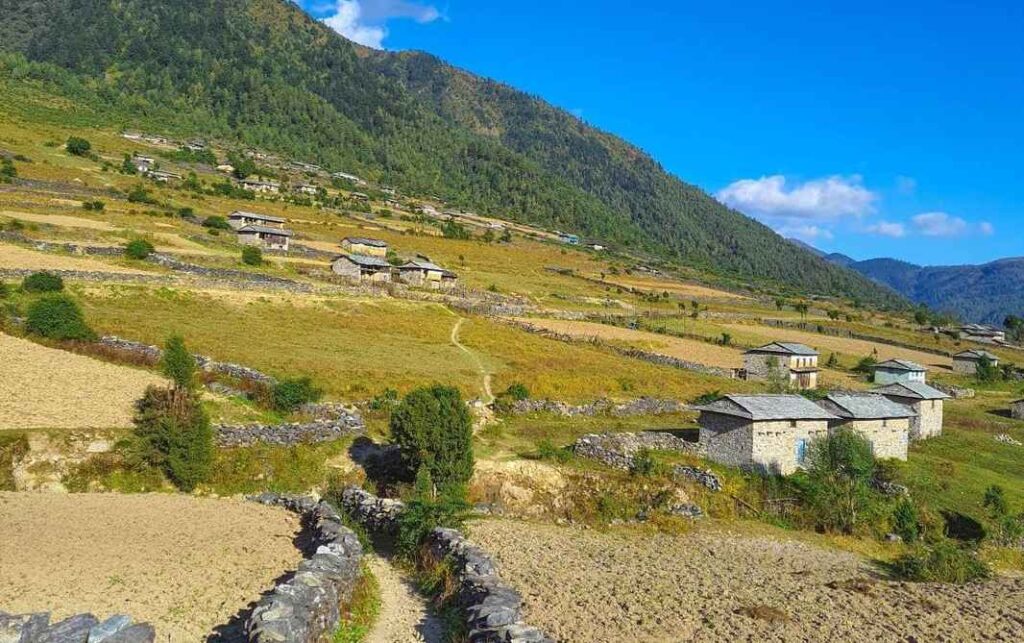
We explore the Dhorpatan wildlife sanctuary. Rhododendrons, fir, juniper, birch, oaks, pine, and many more plant and animal species can be seen, including leopards, tharus, black bears, gorals, and barking deer. Tibetans and members of hill tribes live there, and they primarily rely on farming and animal husbandry. The villages’ wooden roofs, monasteries, prayer flags, and chortens are well-known features.
We proceed in the direction of Phagun Phedi after the tour. Phedi in Nepali means “base,” hence Phagun Phedi is the area at the foot of the Phagun hill. We hike for a while, enjoying the breathtaking views of the mountains, forests, and surroundings. Stay in a tent for the night.
Day 7: Trek to Phagun Hill’s top and down to Jungle Camp
We take a quick hike to Phagune Hill in the early morning to take in the Himalayan views. We will then walk back to Jungle Camp from there. Spend the night in a tent camp.
Day 8: Trek from Jungle Camp to Gurjaghat
Since the route is flat and traverses forests and streams, the walk from the jungle camp is easy. Six hours later, at a height of 3000 meters, we arrive in Gurjaghat. Today’s trek is like embarking on a blissful adventure on level ground where streams and jungles mingle.
Day 9: Trek from Gurjaghat to Patichaur
The following day, starting your ascent from Gurjaghat initially and the again strolling a downhill descent will be your trek. We finally arrive in Patichaur, at an elevation of 900 meters, after six hours of daytime walking. We stay here overnight.
Day 10: Trek to Darbang, Drive to Pokhara
We enjoy a leisurely two-hour walk on this particular day. We next climb and descend through canyons and forests to arrive at Darbang. Once there, we board a bus that will take us past Beni, where we started, to Pokhara. We stay the night in the tourist district of Pokhara along the lake and enjoy the nightlife.
Day 11: Explore Pokhara
We explore the beautiful city of Pokhara. Take in the scenic beauty of this city which is nestled in the laps of Annapurna, Dhaulagiri and Fishtail. The Phewa lake and Begnas lake are must visit while in Pokhara. You may also indulge in some adventure sports like boating around the lake or even paragliding to have a bird’s eye view of this magnificent city.
Day 12: Drive Back to Kathmandu
Drive back to Kathmandu on your final day.
Best Season for Dhorpatan Trek
Trekking to Dhorpatan Trek is possible year-round, unlike other treks in Nepal. However, the best times to travel to Dhorpatan, Nepal, are from September to November and from March to May.
Perimits for Dhorpatan Hunting Reserve
A specific permit must be obtained in Kathmandu or by paying your trekking agency if you wish to try hunting in the Dhorpatan Hunting Reserve. Otherwise, NPR 500 per day is required for entry into the reserve.
Map of Dhorpatan
